 W
WHenry Dresser Atkinson was an Australian clergyman and amateur naturalist, active in Tasmania around the late eighteenth century.
 W
WSir Charles Frederic Belcher OBE was an Australian lawyer, author, British colonial jurist, and amateur ornithologist.
 W
WGordon Binns was an Australian bank manager and amateur ornithologist, notable for his involvement with the Royal Australasian Ornithologists Union. He was Secretary of the organisation during the periods 1953–56 and 1959–63, and President from 1965–66.
 W
WCharles Clifton Brittlebank was an Australian plant pathologist, mycologist, scientific illustrator, university lecturer and farmer. In all of his endeavours he became outstanding in his field, gaining international acclaim for his discoveries and publications. In February 1992 he was officially commemorated by the naming of the road Brittlebank Circuit, in the suburb of Banks, in Canberra, Australian Capital Territory.
 W
WGracius Joseph Broinowski was an Australian artist and ornithologist. He was born at the village of Walichnowy in central Poland, the son of a landowner and military officer. He studied languages, classics and art at Munich University. In about 1857 he joined the crew of a windjammer bound for Australia, leaving the ship at Portland, Victoria.
 W
WArchibald James Campbell was an Australian civil servant in the Victorian government Customs Service. However, his international reputation rests on his expertise as an amateur ornithologist and naturalist.
 W
WNeville William Cayley (1886–1950) was a celebrated Australian author, artist and ornithologist. He produced Australia's first comprehensive bird field guide What Bird is That?. In 1960 it was rated the all-time best seller in Australian natural history and remains a classic birding reference to this day.
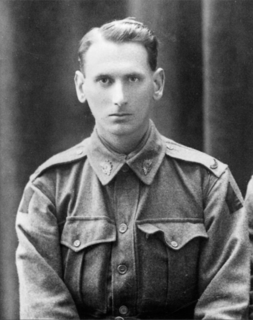 W
WLeslie Gordon Chandler (1888–1980) was an Australian jeweller, vigneron, bird photographer, writer and speaker on natural history, and ornithologist. He became a member of the Royal Australasian Ornithologists Union (RAOU) in 1911 and was Press Correspondent for the RAOU 1914-1916 and again in 1920, war service and disability intervening. From 1920 he was based at Red Cliffs in the Victorian Mallee region. He was instrumental in the establishment of the Hattah-Kulkyne National Park there.
 W
WSir John Burton Cleland CBE was a renowned Australian naturalist, microbiologist, mycologist and ornithologist. He was Professor of Pathology at the University of Adelaide and was consulted on high-level police inquiries, such as the famous Taman Shud Case in 1948 and later. He also studied the transmission of dengue virus by the mosquito Stegomyia fasciata.
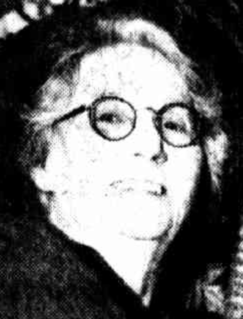 W
WEdith Coleman (1874–1951) was an Australian naturalist and nature writer who made important observations on pollination syndromes in Australian plant species.
 W
WJohn Cotton was a British poet, ornithological writer and artist, who became an early pastoral settler in Victoria, Australia.
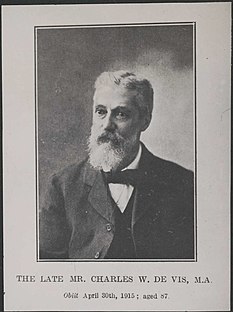 W
WCharles Walter de Vis, known as Devis before about 1882, was an English zoologist, ornithologist, herpetologist, and botanist.
 W
WSilvester Diggles was an Australian artist and musician of British origin, as well as being a noted amateur ornithologist and entomologist.
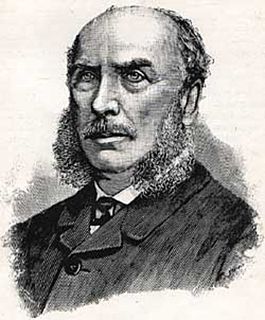 W
WRobert David FitzGerald was an Irish-Australian surveyor, ornithologist, botanist and poet.
 W
WDavid Howells Fleay was an Australian scientist and naturalist who pioneered the captive breeding of endangered species, and was the first person to breed the platypus in captivity.
 W
WJane Ada Fletcher (1870–1956) was a Tasmanian poet and author, publishing works on ornithology, history, anthropology, and fiction.
 W
WTom Iredale was an English-born ornithologist and malacologist who had a long association with Australia, where he lived for most of his life. He was an autodidact who never went to university and lacked formal training. This was reflected in his later work; he never revised his manuscripts and never used a typewriter.
 W
WGeorge Arthur Keartland was an Australian typographer and ornithologist notable for his collecting work on the Horn and Calvert scientific exploring expeditions.
 W
WRear Admiral Phillip Parker King, FRS, RN was an early explorer of the Australian and Patagonian coasts.
 W
WWilliam Henry Dudley Le Souef was a founding member and founding Secretary of the Royal Australasian Ornithologists Union (RAOU) in 1901, also serving as President of that body 1907–1909. His egg collection was sold to Henry Luke White, becoming part of the H. L. White Collection which passed to the National Museum of Victoria.
 W
WJohn Albert Leach was an ornithologist, teacher and headmaster in the state of Victoria, Australia.
 W
WColonel William Vincent Legge was an Australian soldier and an ornithologist who documented the birds of Sri Lanka. Legge's hawk-eagle is named after him as is Legge's flowerpecker and Legges Tor, the second highest peak in Tasmania.
 W
WGeorge Masters (1837-1912) was a zoologist, active in Australia during the 19th century.
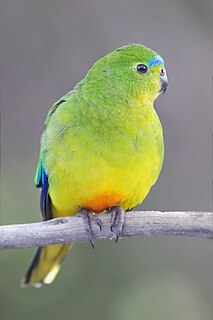 W
WPeter Menkhorst is an Australian ecologist and an authority on Australian mammals and birds. He is experienced in wildlife management, including management of over-abundant Koalas, and in threatened species recovery; he has developed recovery plans and led recovery teams for a number of species including the Orange-bellied Parrot; Helmeted Honeyeater, Regent Honeyeater, Mountain Pygmy Possum and Brush-tailed Rock Wallaby. Menkhorst is also a natural history author and recently co-authored The Australian Bird Guide.
 W
WAlexander William Milligan was an Australian accountant, legal clerk, zoological collector and ornithologist.
 W
WRaoul Alexander Mulder is an Australian ornithologist and evolutionary ecologist. Based at the University of Melbourne, he is an Associate Dean of Academic Innovation for the Faculty of Science and former head of the School of BioSciences.
 W
WDr Penelope Diane Olsen is an Australian ornithologist and author. She has worked with CSIRO as an experimental officer and an Honorary Research Associate as well as being an ARC Postdoctoral Fellow at the Australian National University. She is also internationally recognised as an expert on raptors and was involved in the conservation work on Norfolk Island for the Norfolk Island Boobook. She was President of the Australasian Raptor Association 1984–1989. In 1997 she was awarded the Royal Australasian Ornithologists Union's D.L. Serventy Medal for excellence in published work on birds in the Australasian region.
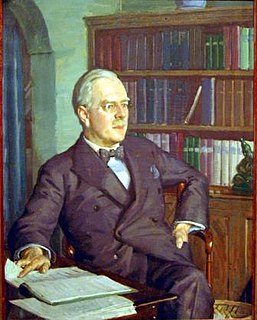 W
WRoland James "Rowley" Pope was an Australian cricketer best known for representing the Australian national cricket team in one Test match in 1885, and later also known as an ophthalmologist and philanthropist. From Sydney, New South Wales, he was selected for the Test as the result of a player strike during the English tour of Australia during the 1884–85 season, and made three runs across his two innings. Having studied medicine at the University of Edinburgh, Pope was head of the ophthalmology section of Sydney Hospital for a period of 17 years, and was later involved in the establishment of the library and art gallery of the City of Newcastle.
 W
WJohn Martin Douglas Pringle, usually known as John Douglas Pringle was a Scottish-born journalist who moved in 1952 to Australia, where he became a prominent newspaper editor and social commentator.
 W
WEdward Pierson Ramsay FRSEFLS LLD was an Australian zoologist who specialised in ornithology.
 W
WProfessor Harry Frederick Recher is an Australian ornithologist who was born, and grew up, in the United States of America. He studied at the State University of New York College of Forestry and received his B.S. in 1959 from Syracuse University. He received a Ph.D. from Stanford University in 1964, and then did an NIH postdoctoral fellowship at the University of Pennsylvania and Princeton University. He moved to Australia in 1967.
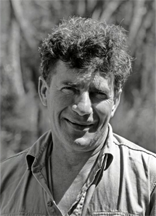 W
WVincent Noel Serventy AM was an Australian author, ornithologist and conservationist.
 W
WHollis Taylor is an American-born Australian zoomusicologist and composer and a violinist and fiddler. She has argued that birdsong should be approached as music.
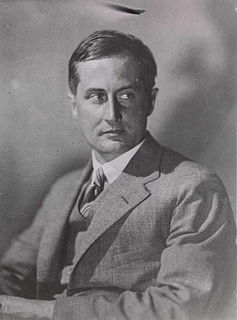 W
WDonald Finlay Fergusson Thomson, OBE was an Australian anthropologist and ornithologist who was largely responsible for turning the Caledon Bay crisis into a "decisive moment in the history of Aboriginal-European relations". He is remembered as a friend of the Yolngu people, and as a champion of understanding, by non-Indigenous Australians, of the culture and society of Indigenous Australians.
 W
WPatricia Vickers-Rich, also known as Patricia Rich, is an Australian Professor of Palaeontology and Palaeobiology, who researches the environmental changes that have impacted Australia and how this shaped the evolution of Australia’s fauna and flora.
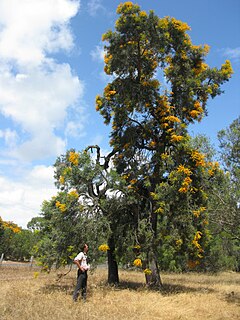 W
WDavid M. Watson is an Australian ornithologist and ecologist who is also a scientific specialist on mistletoes. He served on the New South Wales Threatened Species Scientific Committee from 2015 until publicly resigning in June 2017 in protest after the NSW Berejiklian government passed a bill granting heritage status to feral horses in the Kosciuszko National Park.
 W
WHenry Luke White was a wealthy grazier, and a keen philatelist, book collector, amateur ornithologist and oölogist of Scone, New South Wales, Australia.
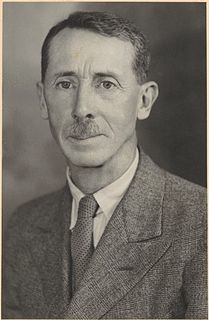 W
WHubert Massey Whittell OBE was a British army officer, and later an Australian farmer and ornithologist who compiled a history and bibliography of ornithology in Australia from its origins until the mid-20th century.
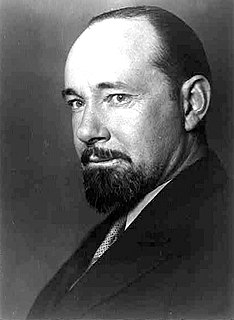 W
WSir George Hubert Wilkins MC & Bar was an Australian polar explorer, ornithologist, pilot, soldier, geographer and photographer. He was awarded the Military Cross, when he assumed command of a group of American soldiers who had lost their officers during the Battle of the Hindenburg Line, and became the only official Australian photographer from any war to receive a combat medal. He narrowly failed in an attempt to be the first to cross under the North Pole in a submarine, but was able to prove that submarines were capable of operating beneath the polar ice cap, thereby paving the way for future successful missions. The US Navy later took his ashes to the North Pole aboard the submarine USS Skate on 17 March 1959.